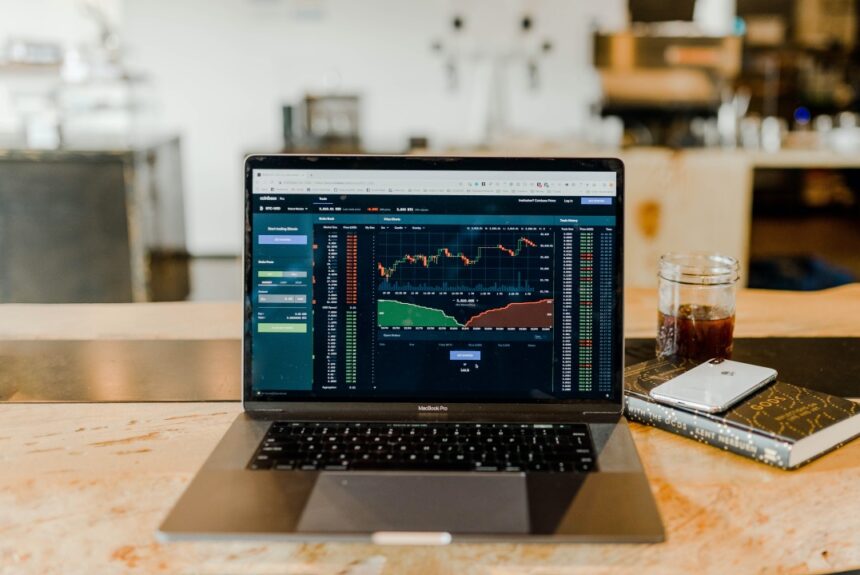In the past, if you wanted to trade in the financial markets, you needed connections, a suit, and deep pockets. Today, retail traders—ordinary individuals with nothing more than a laptop—are playing the same game as institutional investors, thanks to one major ally: technology.
Over the past decade, the rise of retail traders has been nothing short of revolutionary. From novices to seasoned pros, traders are now equipped with sophisticated platforms that provide real-time data, AI-driven strategies, and instant market access. The financial markets are no longer the exclusive playground of big banks. But how did we get here?
The Great Trading Equalizer
It all started in the late 90s. Platforms like SURETRADE, led by pioneers like Don Montanaro, started breaking down barriers by offering online brokerage services. Suddenly, retail traders had access to the same markets as Wall Street. Montanaro, reflecting on the industry, once said, “I’d like to bring back the genuine personal touch in self-directed brokerage,” a nod to the shift that began in the early internet age.
Fast forward to today, and traders are leveraging apps and platforms that allow them to execute trades in milliseconds.
Apps like Robinhood, for instance, brought commission-free trades and fractional shares to the masses, helping to “introduce an entirely new demographic to the stock market,” as noted in a report by SIA Partners.
Who can forget the GameStop frenzy, when an army of retail traders on Reddit shook hedge funds to their core? That event was a wake-up call to the finance world: retail traders, armed with technology, are no longer passive participants—they’re driving market trends.
The Missing Piece: Access to Capital
Despite all this technological innovation, there’s one critical piece still holding many retail traders back: capital. While professionals trade with institutional funds, retail traders are often limited by their own savings. As one expert put it, “Managing lots of money allows professional traders to make a living” which is a distinct advantage over retail traders, who typically trade smaller amounts.
However, innovative platforms are stepping in to bridge this gap. These companies offer capital to traders who demonstrate skill, allowing them to scale their strategies without risking their personal funds. This shift is transforming the landscape, enabling retail traders to access larger opportunities that were once out of reach.
A New Wave of Resources
The democratization of trading has brought more than just technology to the forefront. Education is now more accessible than ever, with platforms offering webinars, courses, and thriving online communities. As one article in Traders Magazine highlighted, firms are “investing heavily in educating traders to ensure they can navigate the complexities of modern markets”.
Retail traders no longer have to go it alone. From risk management workshops to live strategy sessions, resources are available to help traders make informed decisions. This has created a more knowledgeable and empowered generation of retail traders.
Conclusion
Today’s trading landscape has been fundamentally altered. Technology, capital access, and education are leveling the playing field between retail and institutional traders. If you’re a retail trader ready to take the next step and access the capital and resources you need to succeed, explore platforms that can help you achieve your goals.






